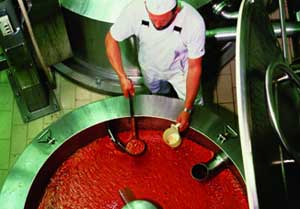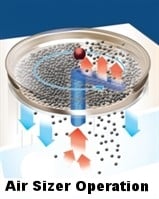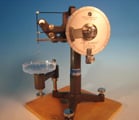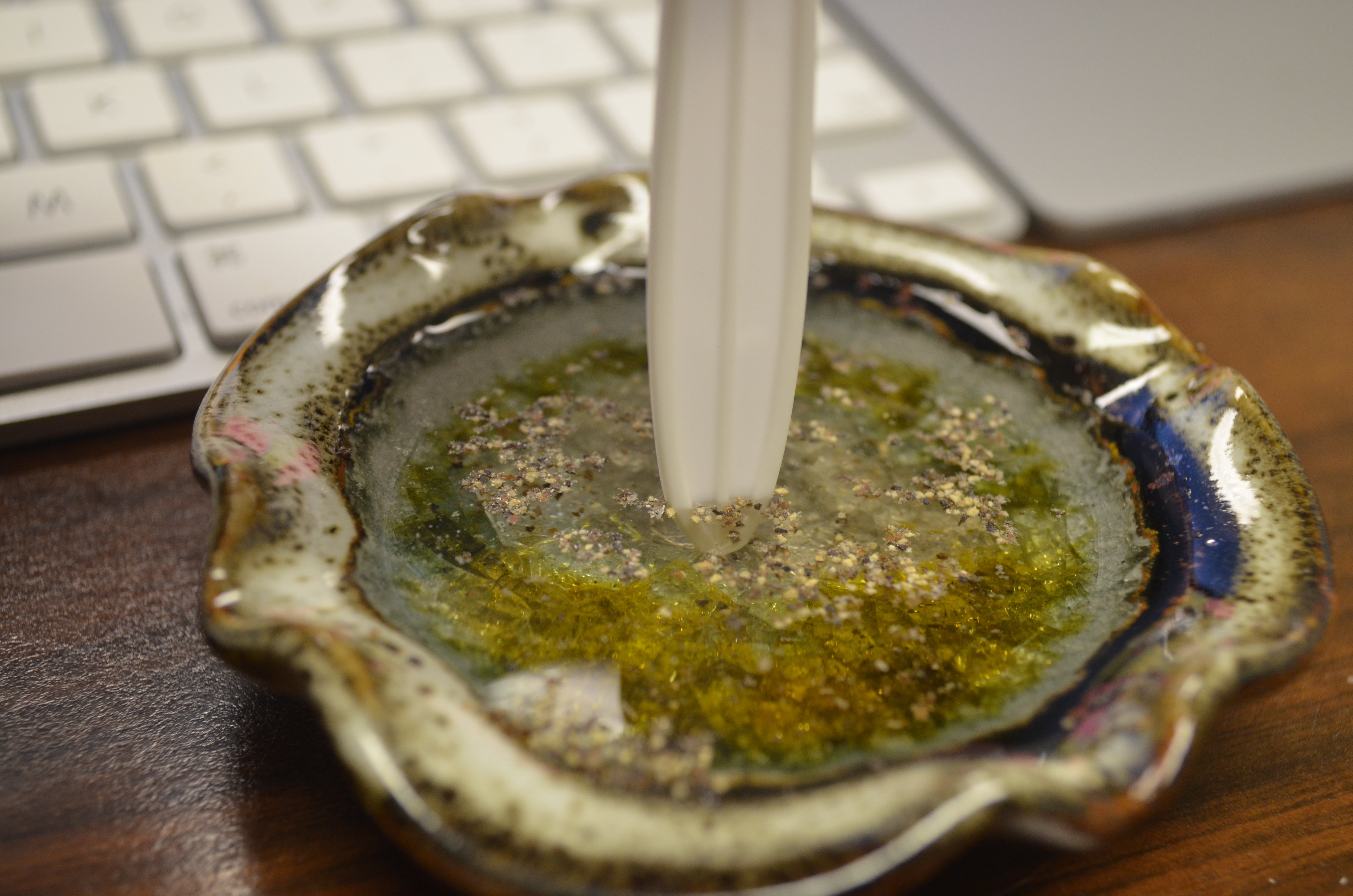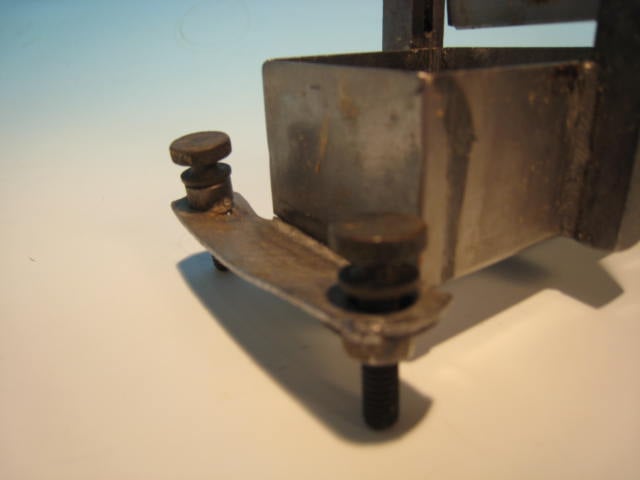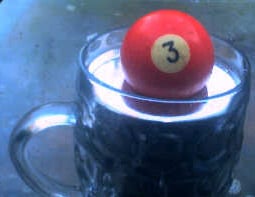One quiet night, long ago I was musing over moisture analysis and how easy it is to do using Loss-on Drying (LOD). Little did I know what was in store.
Read MoreLOD is Really Simple, or Moisture Analysis for the Newbie
Posted by Art Gatenby on Jun 12, 2015 4:51:00 PM
Topics: Bound Moisture, Moisture Analysis, Moisture Testing, Loss-On-Drying
Five years ago, we published an article on in-line vs. off-line moisture measurement. At that time we debated whether these measurement systems should be called on-line or in-line. We chose to use the term "on-line". Since then, however, the world of the internet became known as "online". So, to avoid confusion, we changed our view and now refer to direct measurement as "in-line" moisture measurement.
Read MoreTopics: Moisture Analysis, Moisture Testing, Loss-On-Drying, In-Line Moisture Measurement
If you take Sieve Shakers for granted, you may be surprised to know that the selection of the right shaker can have a profound effect on your sieving results.
Read MoreTopics: Sieve Shakers, Particle Size Analysis, Sieve Analysis
Viscosity, Consistency and Surface Tension - What Are These Things?
Posted by Art Gatenby on Aug 27, 2014 12:56:00 PM
Nearly every day we have a question about differences between Viscosity, Consistency and Surface Tension. There is usually a second part of the question;
Read MoreTopics: Viscometers, Viscosity, Bostwick Consistometer, Tensiometer, Surface Tension Measurement, Surface Tension, Liquid Properties
Dance Bars, Music Technology, and...Surface Tension?
Posted by Amanda Ranowsky on Jul 8, 2014 12:39:00 PM
What do an Irish music technology developer, a British manufacturer of arcade and retro-style furniture, and a dance bar in San Francisco have in common? Given a million guesses, I’d never have thought of this:
Topics: Surface Tension Measurement, Surface Tension, Liquid Properties
Abused Bostwick Consistometer - Before and After
Which looks more durable to you?
The value of a Bostwick Consistometer is that it’s easy to use, which makes it simple to do repeatable testing. The Consistometer is made of stainless steel. One would think that this means a long and useful life. However, as I regularly discover, the real world often defies theory.
A Consistometer’s value is diminished if its leveling plate and screws get bent out of alignment. The story that follows tells how people in the real world handle, or mishandle, this instrument, and what can be done to save it.
Topics: Abuse Protection Option (Consistometer), Bostwick Consistometer, Consistency, Liquid Properties
How Are Consistency, Surface Tension and Viscosity Different?
Posted by Art Gatenby on Feb 26, 2014 11:35:00 AM
I used to think that liquids were pretty simple things. Is that what you think too?
Not so fast. Let’s take a look at three properties of liquids and see if we change our view.
Topics: Newtonian Fluid, Viscometers, Viscosity, Bostwick Consistometer, Consistency, duNouy Rings, Surface Tension Measurement, Surface Tension, Liquid Properties
Not Much of a Science Person Learns About Viscosity
Since I joined CSC Scientific in July 2013, I’ve been on a steep learning curve. You see, I’ve never been much of a science person. There was even one particular chemistry class in high school used to give me migraine headaches - routinely.
Having no real background in the sciences means that I’ve had a lot to learn since I joined a company that sells scientific testing equipment. Maybe you’re nodding in sympathy with me right now. Many of our clients – that is, the people doing the purchasing on behalf of their company – are not scientists and don’t have a thorough knowledge of the scientific principles behind the products they’re told to buy.
Topics: Newtonian Fluid, "The Basics", Viscometers, Viscosity

Sieve testing, as I have stated many times, is the Cinderella of particle size analysis because it delivers more value than expected from something that’s so easy to use and relatively inexpensive. However, the problem with standard sieving techniques using wire mesh sieves is that they begin to exhibit accuracy problems in the lower micron sizes.
Topics: Sieve Shakers, "Ask Art", Sonic Sifter, Micron-Sized Particles, Particle Size Analysis, Sieve Testing, Sieving Process
Automatic digital tensiometers are expensive - three to four times more so than a high-precision manual tensiometer. We hope to clearly depict when an automatic digital tensiometer is not merely nice to have, but essential.
Topics: Wilhelmy Plates, Automatic Digital Tensiometer, Automatic Surface Tension Measurment, "Ask Art", duNouy Rings, Tensiometer, Surface Tension Measurement, Surface Tension, Liquid Properties


